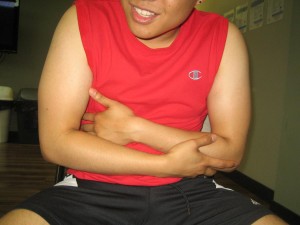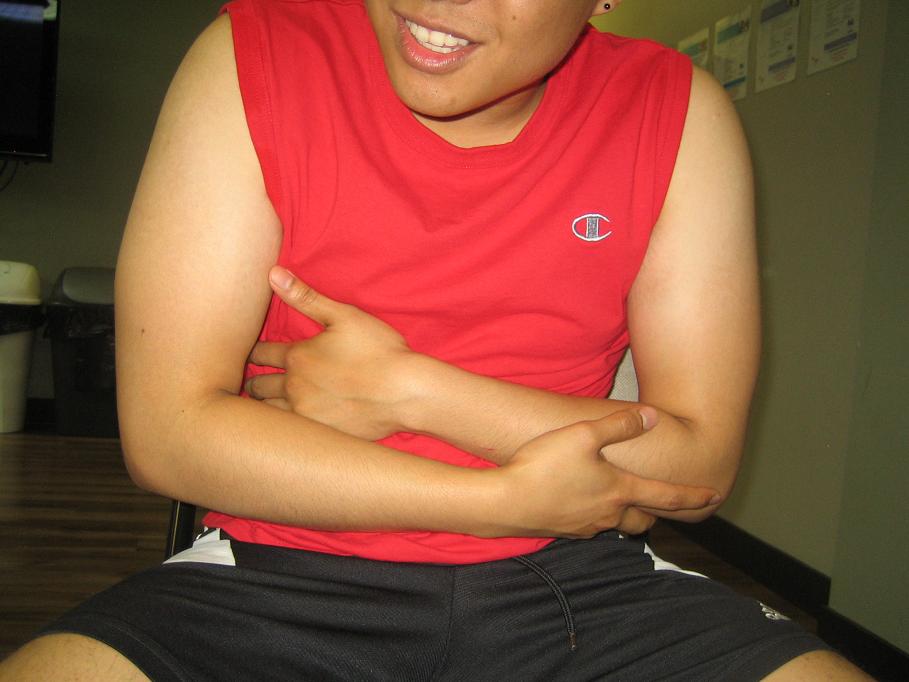Campylobacter is a bacterium responsible for Campylobacteriosis which is an infection that causes vomiting, diarrhea, cramping and fever. The condition is passed via contaminated water and food. The infection usually affects individuals with weakened immune systems, particularly the elderly and young children. Campylobacteriosis is one of the main causes of food-borne illnesses and diarrhea. Once the bacterium reaches the bloodstream, it can be life-threatening.
Causes of campylobacter infection
Campylobacter is found in the intestines of animals usually in cattle, chickens and household animals such as dogs and cats. The bacterium is passed through the feces. Humans or animals can be infected via contact with the feces. Once an infected animal is slaughtered, it can carry the bacterium. If the meat of the infected animal is not properly cooked, it can infect those who consume it.
Being exposed to infected feces especially to children in diapers can trigger an infection. As for exposure to feces of household animals such as dogs and cats, it can also result to an infection. In addition, it is also possible that water sources as well as unpasteurized milk can be contaminated by the bacterium and cause an infection.

Symptoms
The symptoms manifest 1-7 days after exposure to the bacteria. The typical symptoms include the following:
- Lower abdominal pain
- Nausea or vomiting
- Diarrhea
- Cramping
- Headache
- Fever
In most cases, the symptoms can persist for about a week. In some cases, there are no indications of the condition at all.
Possible complications of campylobacter infection
Many individuals can recover from the infection in just a week. The complications are considered uncommon but there are still some risks. Some might develop arthritis as a complication while others end up with an autoimmune disorder such as Guillain-Barre syndrome.
Fatality due to the bacterium is uncommon. Remember that it most often occurs among the elderly and young children or those who have serious health conditions such as AIDS.
Prevention of campylobacter
- Always wash hands before handling food and raw food
- Disinfect toilets after it was used by an individual with diarrhea
- Avoid cross-contamination by utilizing separate cutting boards from vegetables and meats
- Properly clean all utensils and countertops using hot soapy water after exposure to raw meat
- Meat must be cooked thoroughly until there is no pink areas anymore
- Individuals with diarrhea must thoroughly wash hands using hot soapy water.
- Drink water that has been tested and approved for consumption
- Avoid drinking unpasteurized milk
- Avoid drinking from streams particularly those that pass through areas where animals reside.
Diagnosis
A stool sample is taken and sent to the laboratory for further testing. If the doctor believes that the bacterium has entered the bloodstream, a blood sample is taken.
Treatment
Generally, there is no specific treatment for Campylobacter infection. Always bear in mind that dehydration can occur due to diarrhea. It is vital to drink fluids and electrolyte-replacement beverages to prevent dehydration.
The diarrhea should subside within 2-5 days. Antibiotics such as erythromycin and azithromycin can be given to minimize the symptoms if the infection is assessed early.

